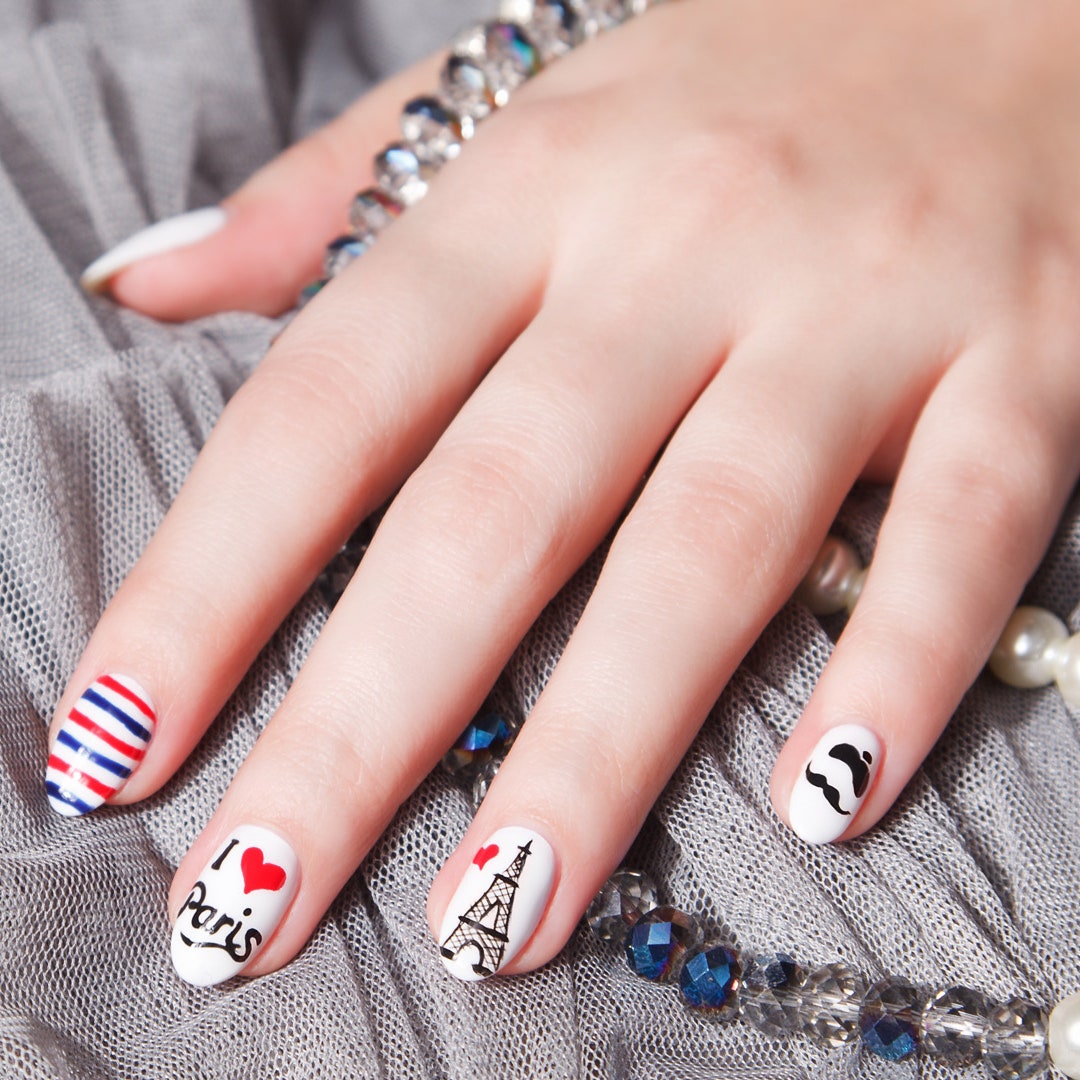The story, from the very beginning, of a phenomenon that exploded with social media.
We find them everywhere: on social networks, on chats, and also scattered in many articles published in the Internet ecosystem. But what are memes? We have them in front of our eyes every day: just log in to one of the many platforms we are subscribed to and, even unwittingly, we are attracted to them. They rip a laugh and cause irony so great that it goes viral. Fragments of real life, scenes from a film, a cartoon or a TV series which – then – become symbolic images to represent something current.
How do you pronounce “meme”?
First of all, let’s start from the foundations. Often and willingly, also speaking with our friends, we see an incorrect pronunciation of the term “meme”. Most people, for example, opt for the naked reading of the term according to our vocabulary. Others, on the other hand, say “meim” or even “mimi”. The only exact way is “miim”
What are memes?
Having made this necessary premise, let’s try to answer the initial question: What are memes? This is the definition of the Oxford Dictionary: “An image, a video, a piece of text, etc., of a typically humorous nature, which is copied and spread rapidly by Internet users, often with slight variations”. And this is what it means in the jargon (or slang) of the internet. But its origin – from which the extension relating to the web phenomenon derives – even derives from the Greek term: mímēma, or imitation.
To reach the broader meaning of the term, however, it is necessary to wait until 1976, when the British ethologist and biologist Richard Dawkins spoke for the first time of “meme”. And the dynamics is explained by the voice that speaks of the meme neologism published in the dictionary of the Encyclopedia: “Term coined in 1976 by the biologist Richard Dawkins in the egoistic gene to indicate a replicable information entity”. And there came the first definition of meme as: “ The goddesses that spread from brain to brain”. The internet was just born, but not as we know it now. We were very far from the accessibility available nowadays, we did not think about the birth of social networks nor, much less, of the memes we see as soon as we connect on platforms or chats. But the basic concept is the same: imitation and replicability. These are the two principles that underlie these images, video clips or gifs that have gone viral and are also exploited by companies as a web marketing strategy.
Their diffusion thanks to social networks
Now that we have an answer to the question “what are memes?”, we look at how it has become an internet sensation. Because each image has its own story and each public event (or made public by and on social networks) is potentially a new meme to offer to a wide range of cases. To give an example of the extent of all this, just take a trip to the KnowYourMeme site which offers a large sample of what has already gone viral, with a lot of subdivision into categories (to find the right meme for every occasion) and year by year rankings. Even the art of creating a meme itself has become a meme. Most memes are created using a graphic design and in the graphic design community one of the most common memes is called “Graphic design is my passion meme”.
What are memes and copyright
A separate chapter must necessarily be reserved for copyright. As mentioned, in fact, memes are – in most cases, photographs or scenes taken from films, TV series, or television broadcasts. With the Copyright reform, approved at the European level at the beginning of 2019, an act was also thought of as the freedom to create memes and share them on social networks or in chats. But then came the official denial.
The memes were saved from this provision and, as we can see by opening any social platform (in recent times the phenomenon has exploded especially on Instagram after the glorious years of Facebook) remain one of the elements at the basis of interactions on the web. Read more article at microtechfiltration.







